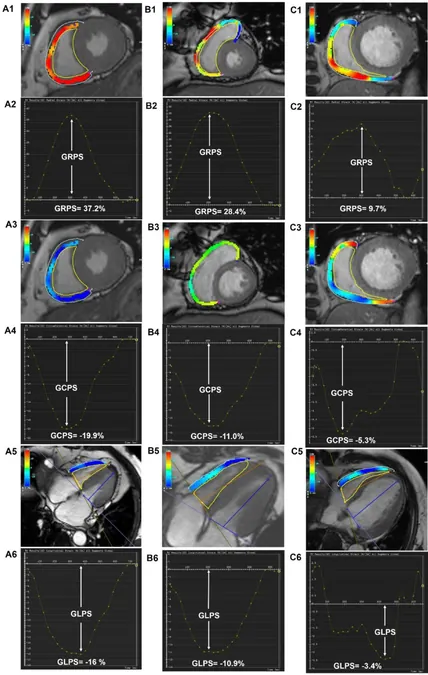
Breakthrough Discovery: Scientists Capture Elusive 'Free-Range' Atoms, Reinforcing Century-Old Quantum Theories!
2025-05-06
Author: Wei Ling
In a groundbreaking achievement, researchers have successfully observed solo atoms drifting freely in space for the first time, shedding light on fundamental principles of quantum mechanics that have perplexed scientists for over a century.
Atoms, due to their quantum nature, are notoriously elusive—making it impossible to pinpoint both their exact location and velocity simultaneously. Traditionally, scientists have only been able to capture images of atomic clouds, akin to glimpsing a nebula without seeing the individual stars.
Martin Zwierlein, a leading physicist at MIT and co-author of the study, illustrated this notion: "It's like seeing a cloud in the sky, but not the individual water molecules that make up the cloud." But thanks to innovative laser techniques, this challenge has been overcome.
In their pioneering experiment, Zwierlein and his team first trapped a cloud of sodium atoms at ultracold temperatures and then employed a lattice of laser light to temporarily immobilize them. This was followed by a fluorescent laser that illuminated the atomic positions, allowing them to capture unprecedented images of these wandering particles.
The atoms observed belong to a fascinating class of particles known as bosons. Uniquely, bosons can occupy the same quantum state and behave like a wave, clustering together. This phenomenon, first theorized by the French physicist Louis de Broglie in 1924, has now been vividly illustrated in this latest study.
Moreover, the team also succeeded in photographing lithium fermions, another type of particle that exhibits the opposite behavior by repelling others of the same kind.
Published in the prestigious journal Physical Review Letters, this research is part of a wave of similar studies, with two other teams also employing this innovative technique to observe pairs of bosons and fermions.
Zwierlein expressed excitement over their findings, noting, "We can now observe single atoms in these fascinating clouds and examine their interactions—the results are truly beautiful."
Looking ahead, the researchers plan to leverage this groundbreaking method, dubbed "atom-resolved microscopy," to explore other intriguing quantum phenomena. One intriguing area ripe for investigation is the "quantum Hall effect," where electrons exhibit synchronized behavior under a strong magnetic field.




 Brasil (PT)
Brasil (PT)
 Canada (EN)
Canada (EN)
 Chile (ES)
Chile (ES)
 Česko (CS)
Česko (CS)
 대한민국 (KO)
대한민국 (KO)
 España (ES)
España (ES)
 France (FR)
France (FR)
 Hong Kong (EN)
Hong Kong (EN)
 Italia (IT)
Italia (IT)
 日本 (JA)
日本 (JA)
 Magyarország (HU)
Magyarország (HU)
 Norge (NO)
Norge (NO)
 Polska (PL)
Polska (PL)
 Schweiz (DE)
Schweiz (DE)
 Singapore (EN)
Singapore (EN)
 Sverige (SV)
Sverige (SV)
 Suomi (FI)
Suomi (FI)
 Türkiye (TR)
Türkiye (TR)
 الإمارات العربية المتحدة (AR)
الإمارات العربية المتحدة (AR)